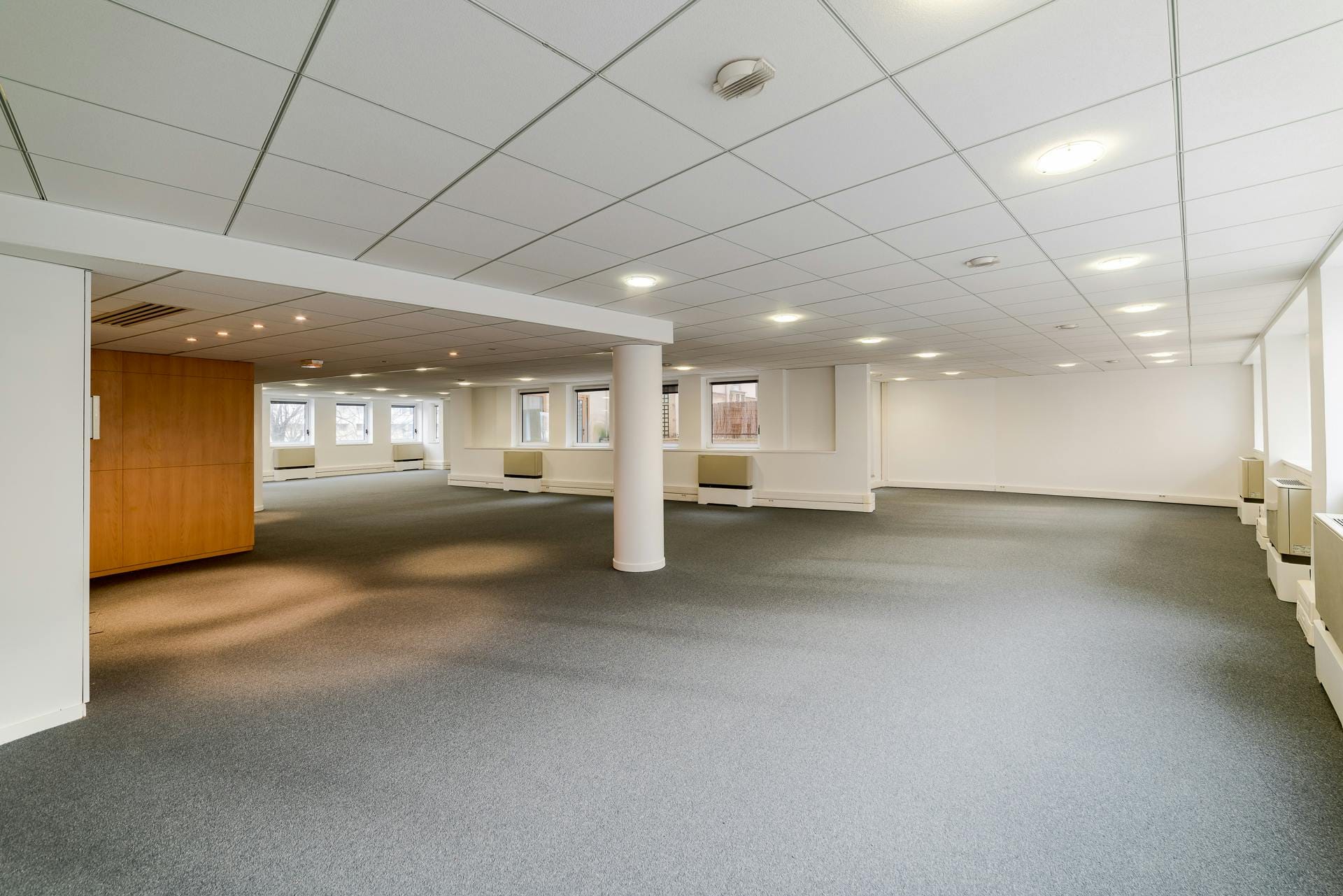Big Tech Sheds Office Space, Intensifying a Trend with Other Tech Consequences
When reading articles and doing research, the goal is obviously to clearly understand the information you receive. If you’re serious about learning and gaining knowledge, however, you also consider what the information implies but not does state expressly. You take in the information in front of you, of course, but you also ask yourself, ‘Beyond the obvious, what does this mean? What are the potential ramifications?’
That’s how you begin to formulate a hypothesis about a market segment or the wider world that can lead to meaningful and timely insights, not to mention potential opportunities. Seeing what’s plainly in front of you is a prerequisite – you can’t be blind to reality – but connecting dots, especially those that remain obscure to most observers, is where the greatest value can be found. If you are prescient in your dot connecting, you arrive at an unspoiled destination before the maddening crowd turns it into a tourist trap.
So it was with interest that I read a Wall Street Journal article (the link is to MSN.com, which means you need not surmount a paywall) earlier today. The article notes that major technology companies, including some of the usual suspects (Amazon, Meta, Alphabet, etc.) are reducing their office space in major coastal cities throughout the United States, leaving landlords to inherit empty buildings and steep losses.
Amazon, for example, is now dumping or declining to renew office leases after pausing construction on its second headquarters, in northern Virginia, last year. Google reportedly has put office space in Silicon Valley on the market for sublease, while Meta is similarly shedding and leasing less office space than it did during the pandemic. Salesforce, too, indicated in a recent filing that it now leases or owns significantly less office space in San Francisco than it reported having previously.
Large technology companies are often trendsetters, but in the matter of disposing of or reducing office space, a few other firms might have beaten them to the punch. If anything, the large technology players might be intensifying a trend already in play. The Wall Street Journal reports the following:
“Office space listed for sublease in 30 cities with a lot of technology tenants has risen to the highest levels in at least a decade, according to brokerage CBRE. The 168.4 million square feet of office space for sublease in the first quarter was down slightly from the fourth-quarter 2023 peak but up almost threefold from early 2019.”
Before this latest big-tech office-space pullback, commercial landlords were struggling with higher interest rates and slumping demand from financial companies, law firms, and other tenants. As such, the pain for landlords and the cities in which they do business is compounded.
Considering the Implications
Let’s consider further implications, what this might mean across a broader canvas. It’s bad news clearly for the landlords and the service businesses (restaurants, cafes, shops, gyms, etc.) in the cities affected. Those are the primary victims of tech’s office downsizing, but they’re likely not the only ones.
What’s interesting about this development is that it’s a divergence from the behavior the largest technology companies evinced during the pandemic, when they tended to retain office space even as employees were forced to work from home. More recently, employees have been summoned back to the office – for a few days each week, at any rate – as many major employers insisted on a more traditional work regimen.
There seems to be more to the current picture than meets the eye, though.
As discussed here in previous commentary, some of technology’s largest and most profitable companies have shed material numbers of employees last year and they’ve continued to do so into this year. If the remaining employees work only part of the week in the office, even allowing for a gradual increase in employee numbers in the foreseeable future, we can deduce that offices will rarely, if ever, experience full employee attendance on any given workday.
After all, the trend is toward less office space, and while the technology giants have joined that exodus, other companies and industries were already on the same path. The overall employee count for any given tech giant does not equate to a commensurate need for office space.
Amazon, moving out of a 15-story office building in Seattle whose lease expires this year, had this to say about its decision to forsake the office space: “We’re constantly evaluating our real-estate portfolio based on the dynamic and diverse needs of Amazon’s businesses by looking at trends in how employees are using our offices.”
Other companies are making similar evaluations of their real-estate portfolios and office utilization, and they appear to be reaching similar conclusions to Amazon’s regarding the business justification for downsizing.

These moves will have clear implications for companies active in office space and commercial real estate. If I were exposed to such companies in my investment portfolio – which, thankfully, I am not – I would be concerned, because the now-expanding supply of urban office space overwhelms current and foreseeable demand. The result will be reduced revenue and real-estate values for companies who trade in or own office space.
Now, let’s cast our speculative nets a little farther from the shore but a little closer to my domain expertise. What might this mean for enterprise networking?
Less Space, Fewer People, Less IT Infrastructure
If we perceive the technology giants as bellwethers – in how they use technology, how they optimize productivity, how they maximize efficiency, how they achieve operational and business scalability – then we can deduce that this trend will ramify across a greater number of businesses and industries, and perhaps not only in the major coastal business centers. The technology behemoths might not be first to leave the station, but plenty of others will still follow their example.
Doesn’t it follow, then, that a diminution of office space might (notice the qualifier, because we’re testing the hypothesis) translate into reduced demand for enterprise campus networking, both wireless and wired? Offices will look different, featuring more of a hoteling concept and less dedicated office space (we already see that trend in many corporate offices), and there will not be as much physical space to cover with access points and other network infrastructure.
Although the datacenter and the campus are very different networks, it bears mentioning that many on-premises datacenters have already been hollowed out by the migration of new and existing applications to public clouds. Despite the occasional man-bites-dog (repatriation) story that makes the news, there’s no reason to believe a major reversal is at hand.
Previously, I assumed that the gradual diminution of the on-premises enterprise datacenter was a given – I still hold that view – but that the enterprise campus network was a different proposition entirely, for one simple reason: You can move applications to the cloud, but your physical office space, and the employees who inhabit it, will never be destined for cloud migration. That’s still true, but there might be appreciably less office space than there was traditionally, and the reduction of real estate is likely to have repercussions for network infrastructure deployed on the enterprise campus.
If this hypothesis is correct, vendors counting on steady campus networking growth in the carpeted enterprise might find themselves, and their shareholders, disappointed. These vendors would include Cisco and HPE (and others to a lesser extent), though both companies have an extensive range of product portfolios and adjacent markets that might soften the blow somewhat.
More speculatively, I wonder whether Amazon’s future assessment of office real-estate requirements includes assumptions about how AI will change the composition of its employees and their office needs. There’s no way to know at this point, but it’s another development to monitor.
I acknowledge the conventional wisdom that suggests that AI will generate as many jobs as it eliminates, though the nature of the work and the specific jobs will be different from those that preceded them. That, after all, is an assumption predicated on the historical record of previous waves of technological change. Still, even if we grant a reprise of the same basic pattern, history also suggests that there is often a latency between when technology retires certain roles and engenders others.
It's often said that change is the only constant. There’s no question that we reside in a time in which change is not only constant but seems to be accelerating. There was a time when one could safely assume that tomorrow would be much like today, give or take a few minor variations, but each day now seems to bring a blur of onrushing developments and consequent possibilities.
Only the most alert and vigilant are likely to keep pace and avoid the misadventures, big and small, that await nearly everybody else.
